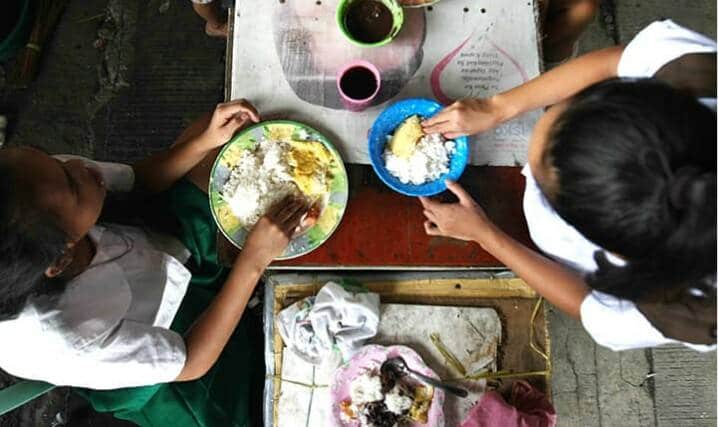The country si among several others that have shown slight progress towards achieving global nutrition targets in Asia, according to the global nutrition report (GNR).
Based on the information provided by the Department of Science and Technology – Science and Technology Information Institute (DOST-STII), the report stated that “the global target for overweight, stunting, and wasting among children under 5 years of age have several countries on course to meet it, including exclusive breastfeeding among infants aged 0 to 5 months, which has ten countries on course, while low birth weight and diabetes among women each have three countries on course.”
According to DOST, the Philippines being “on course” to meet one target for maternal, infant and young child nutrition (MIYCN) may be attributed in part to a nutrition program developed as a result of a national survey by DOST – Food and Nutrition Research Institute (DOST-FNRI). This however, was not achieved overnight.
The fight against malnutrition is something that the DOST – Food and Nutrition Research Institute (DOST-FNRI) has been continuously working on as it constantly develops food technologies which can help improve nutrition using scientific data.
 Photo courtesy: Manila Bulletin
Photo courtesy: Manila Bulletin
DOST-FNRI’s MRP
The MRP started out based on the 2008 National Nutrition Survey (NNS) results of the DOST-FNRI, which showed the prevalence of underweight children aged 0 to 5 years old at 20.7 percent.
As part of the DOST’s efforts in countryside development, which include improving the health and nutrition of children, the DOST- FNRI initiated a package of intervention for young children and their mothers.
DOST-STII stated that the strategy involves conduct of research and at the same time implementation of a social program that will help these young children in the countryside. The nutrition intervention was initially pilot-tested in four provinces with high prevalence of malnutrition among this group of young children.
With the favorable results of the pilot testing in increasing the weight of children and improving the nutrition knowledge of mothers/caregivers after a 120-day intervention, the MRP was rolled-out in various regions of the country with the slogan, “local technology works”.
 The eight new food technologies responding to help improve the nutrition situation of malnourished children are ready for technology transfer by local entrepreneurs. (Photo courtesy of DOST-STII)
The eight new food technologies responding to help improve the nutrition situation of malnourished children are ready for technology transfer by local entrepreneurs. (Photo courtesy of DOST-STII)
Eight new food technologies
In its commitment to continuously develop food products that help improve the nutrition of the Filipinos and help in the livelihood of entrepreneurs and in employment of community folks, DOST-FNRI came up with eight new food technologies that are ready for technology transfer.
These food technologies are the following: The Coco Blend, Coco Bisc, Coco Puff; the MeaLusog in a pack with three variants (Pork Picadillo, Chicken Pochero, and Mixed veggies Arroz); the Nutribunnets; Protein Food Bar; MNERK (Multi-nutrient extruded rice kernel) and MGM (Micronutrient growth mix), the latter two of which are both for pregnant and lactating women.
The DOST-FNRI is not into food manufacturing, but only into food technology development. Translating these food technologies into commercial products is the important role of local entrepreneurs, cooperatives, other groups who may be interested in manufacturing the product on a large scale and becoming the supplier of these nutritious products in their community or provinces. The food manufactured by the private sectors are the ones that are government-subsidized and are given for free to mothers and children in selected areas where malnutrition is quite higher.
Since the MRP roll-out over ten years ago, a total of 16,448 children benefitted and have been a part of the complementary feeding component from 2011 to 2022. During President Duterte’s administration, 5,370 children five years old and below benefitted from this program.
DOST stated that whatever improvements the country has made in the area of nutrition is a product of sustained government programs, based on sound data, and developed and implemented in collaboration with various government institutions, non-government organizations, civic groups, and private sector or industries.









